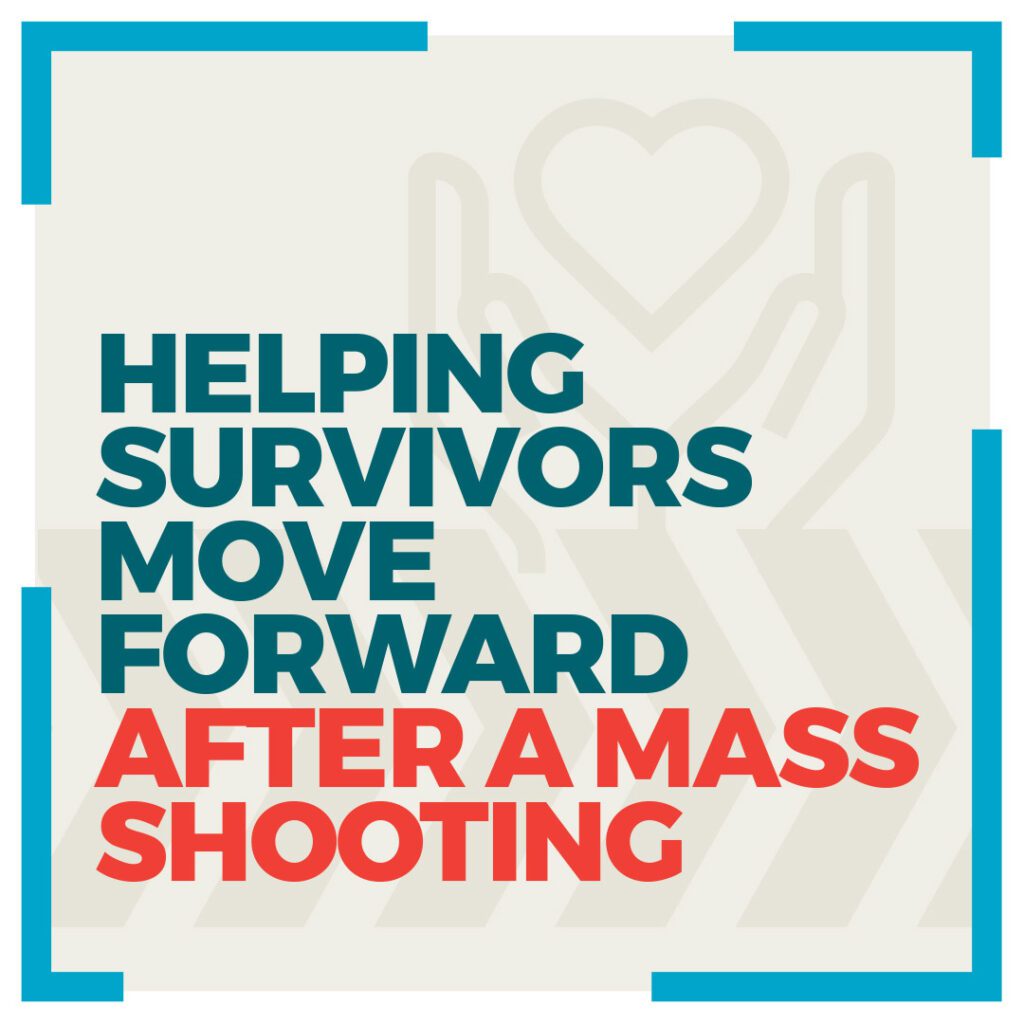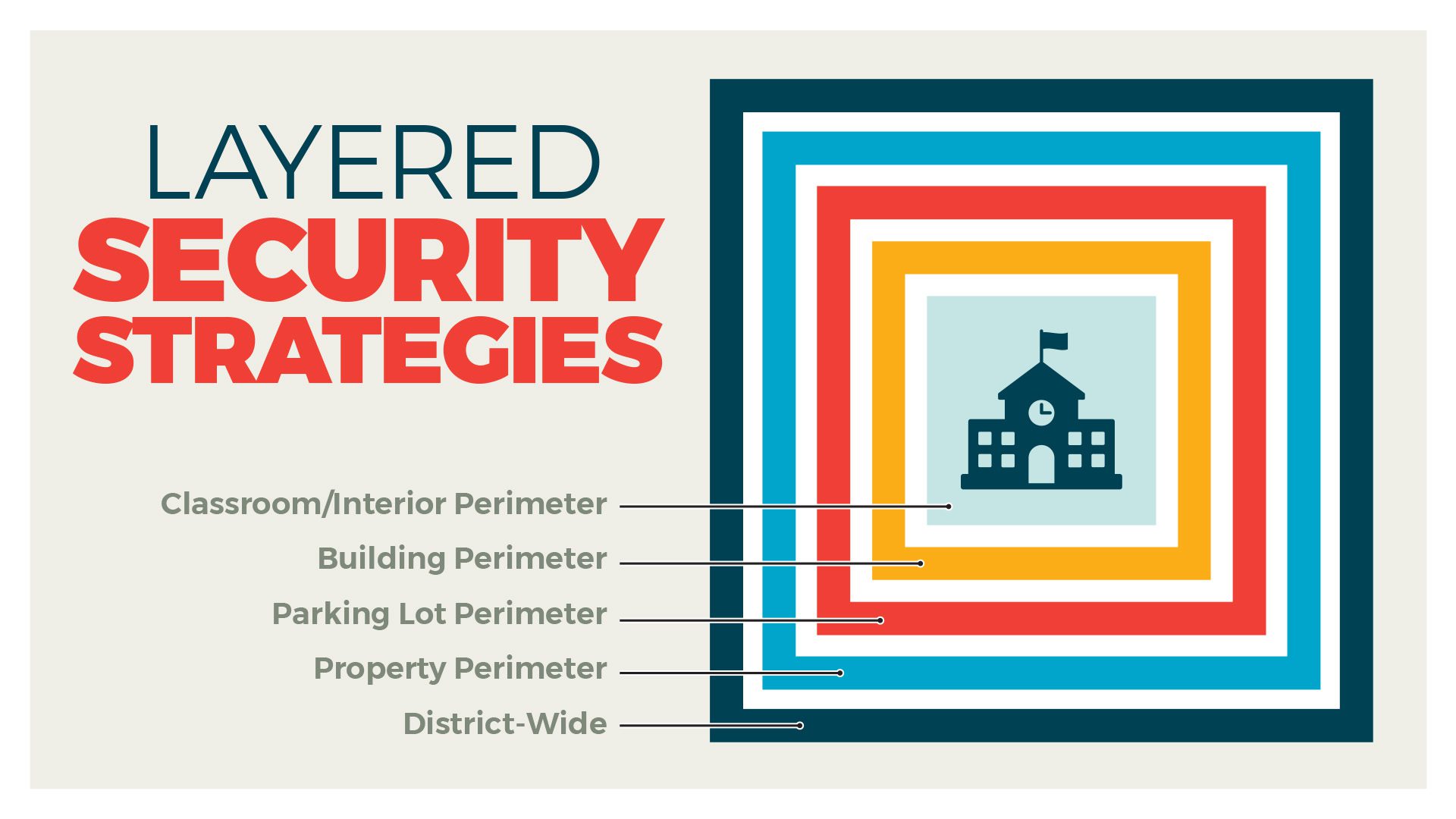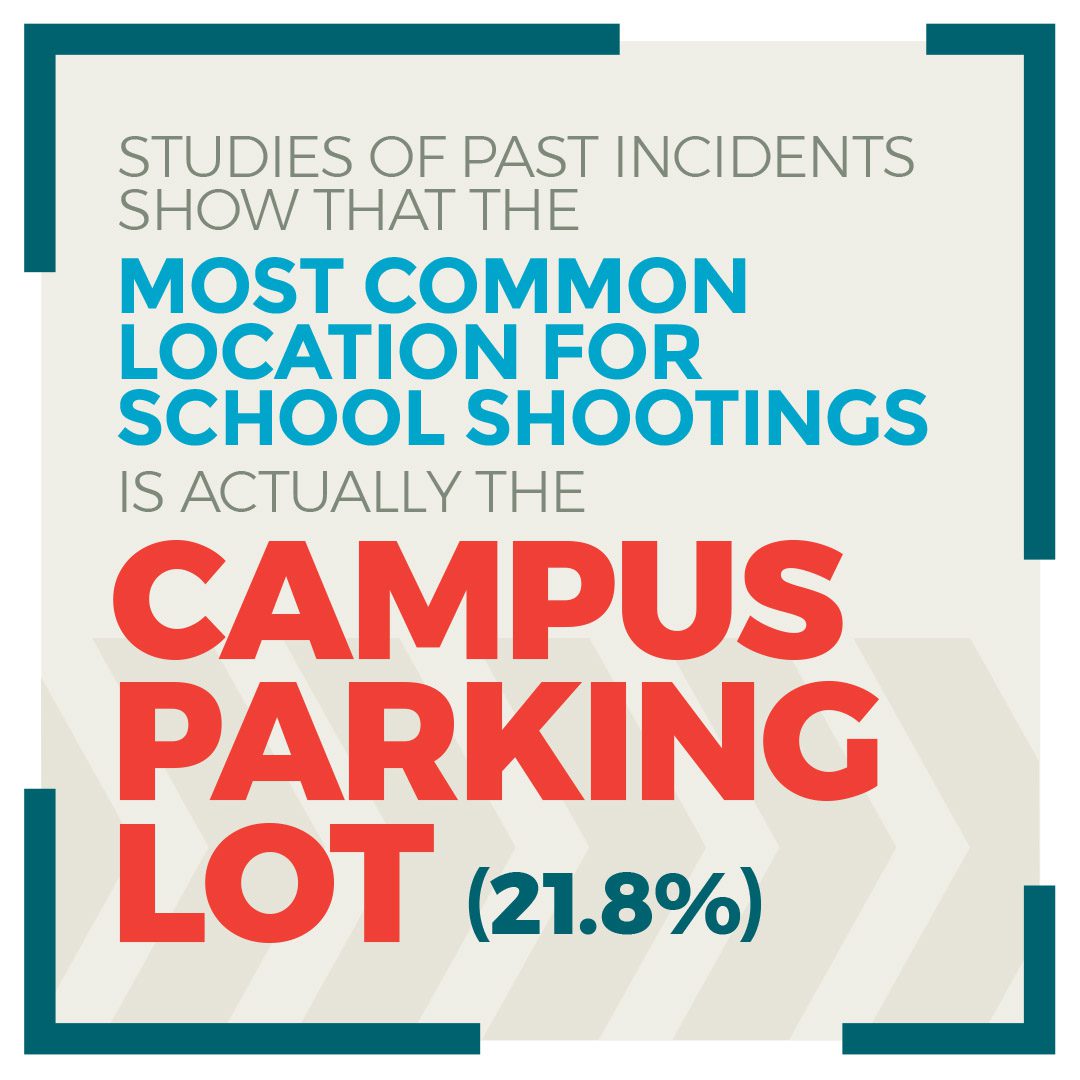The Partner Alliance for Safer Schools (PASS) identifies the following areas of emergency preparedness: prevention, protection, mitigation, response, and recovery. To meet PASS guidelines, security solutions must be implemented in all five areas.
Short-term recovery measures are typically included in the response phase, as it is an immediate need following an incident. However, the general recovery phase extends beyond the initial emergency period with a focus on restoring critical functions and stabilizing operations. The goal is to bring all affected areas back to some degree of normalcy.
Long-term recovery includes ongoing needs for survivors—both students and faculty—such as mental health care, trauma care, and continuous support.
Although PASS is a school-focused organization, the resources and recommendations provided are valuable in all businesses, facilities, and public spaces.
One of the most important components of recovery is ongoing support for survivors. Immediate support tends to be available in excess following a tragedy, but in time it tapers off.
Mental health experts explain that healing occurs in three stages, with the long-term phase taking place several months after a traumatic event. Each person is unique in their grief and resilience, and some survivors may have begun moving on by this time. Meanwhile, others will begin to struggle even more.
The mental health effects of mass shootings can last for years—with needs changing over time. EducationWeek suggests developing a school district and community-wide approach to best support child survivors as they advance grades and partake in new activities.
Regarding community-wide preparedness, PASS recommends including psychological recovery representation on the Emergency Operations Plan (EOP) planning committee. Additionally, schools are encouraged to develop Memorandums of Understanding (MOU) with community partners, including mental health professionals that can offer trauma care and mental health recovery services.
Without age-appropriate counseling and professional mental health and trauma treatment, individuals in any stage of healing are at risk. Not only are survivors at a greater risk for substance use disorders, but PEW Charitable Trusts research shows that mass shootings lead to higher rates of depression, anxiety, and death by suicide in impacted communities.
Investigating the events that led up to a mass act of violence can be extremely harrowing, but it’s an important step in making improvements and restoring a sense of safety. In fact, survivor fear and anxiety can be reduced when they are made aware of new security enhancements following an event.
School districts can’t control every aspect of prevention, especially when shooters are not current students or if they have no previous indications of violence. However, PASS offers comprehensive guidance in areas that can be controlled and outlines them in the Safety and Security Guidelines for K-12 Schools manual.
PASS recommends assembling a team of K-12 stakeholders to help develop EOPs, with a wide range of representation, including various staff, parents, students, law enforcement, and other community partners. The goal is to bring a wide lens of perspective to the table to inform all phases of the EOP.
Failure to assemble a planning team with all necessary representation is listed as #1 on PASS’ “Top 10 K-12 Safety and Security Pitfalls” list.
A tragedy quickly reveals major areas of vulnerability within a building or security plan. This information, in addition to information from additional assessments, helps complete a risk assessment.
PASS explains that while a risk assessment is the first step in developing a security plan, the terms “risk,” “vulnerability,” and “threat” are often used without first identifying a clear distinction. PASS defines the terms as follows:
- Threats are what a district is protecting against
- Vulnerabilities are a gap in protection efforts
- Risks exist where a district’s threats and vulnerabilities overlap
Risk assessments can be conducted through systems integrators, local law enforcement, independent consultants, government entities, or internally using assessment tools.
Industry experts recognize that layered security is the best approach to safety and emergency preparedness, and PASS identifies five physical layers of school facilities.
· District-wide
· Property perimeter
· Parking lot perimeter
· Building perimeter
· Classroom/interior perimeters
Each layer contains safety and security components, including policies and procedures, roles and training, communication, and more. Components are made up of best practices, which are further divided into TIERS that progress from baseline security to comprehensive security.
School districts are encouraged to work with security partners to ensure that their approach is layered and meets, at a minimum, the baseline of recommended best practices from experts like PASS. IntelliSee not only adds a proactive layer, but also integrates with other systems to improve efficiency within the overall approach. There are numerous reasons a school’s security strategy may not meet these guidelines prior to a tragedy. However, schools don’t have to—and shouldn’t—wait for a tragedy to occur before exploring stronger security solutions. Peoria Public Schools is one district that recently chose to take a proactive approach to safety with IntelliSee. By letting your community know about your district’s plan, you are also helping address the community’s anxiety associated with the fear of a shooting event…something that can help every community.
Ask your security partner about IntelliSee or contact a representative directly at sales@intellisee.com.
IntelliSee works behind the scenes and does not store footage, personally identifiable information (PII), or use facial recognition—meaning there are no Family Education Rights and Privacy Act (FERPA) or other privacy issues.
IntelliSee is an effective safety investment that increases in value over time. The platform is deep-learning and customizable, which means it is always improving and can meet unique needs within different environments. Also, as new threat detections become available, they are uploaded to users at no additional cost.
Learn more about what IntelliSee can do for you and your safety strategy at IntelliSee.com.
*GunViolenceArchive.org defines a mass shooting as any event where a minimum of four victims are shot, not including any shooter involved in the incident.




